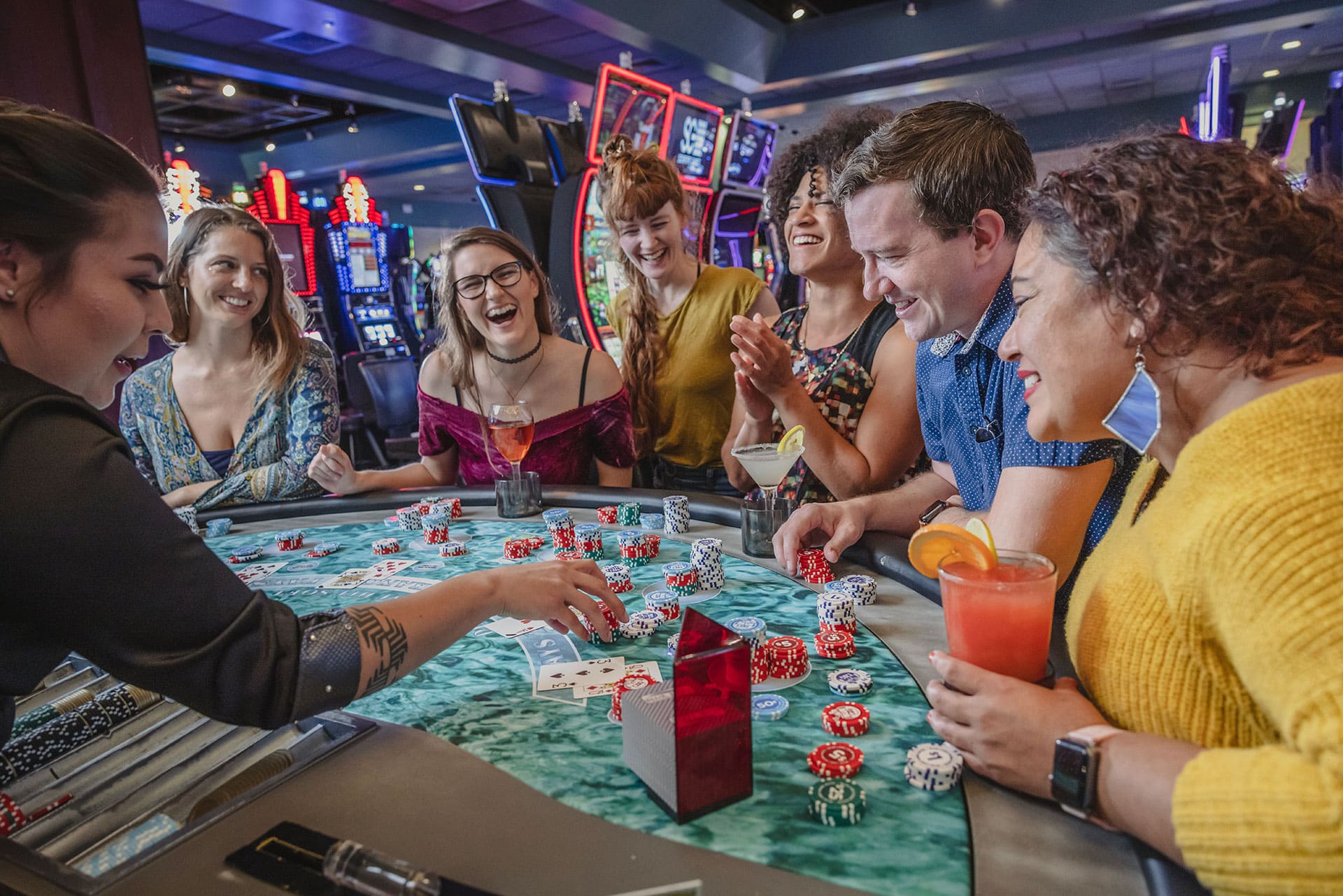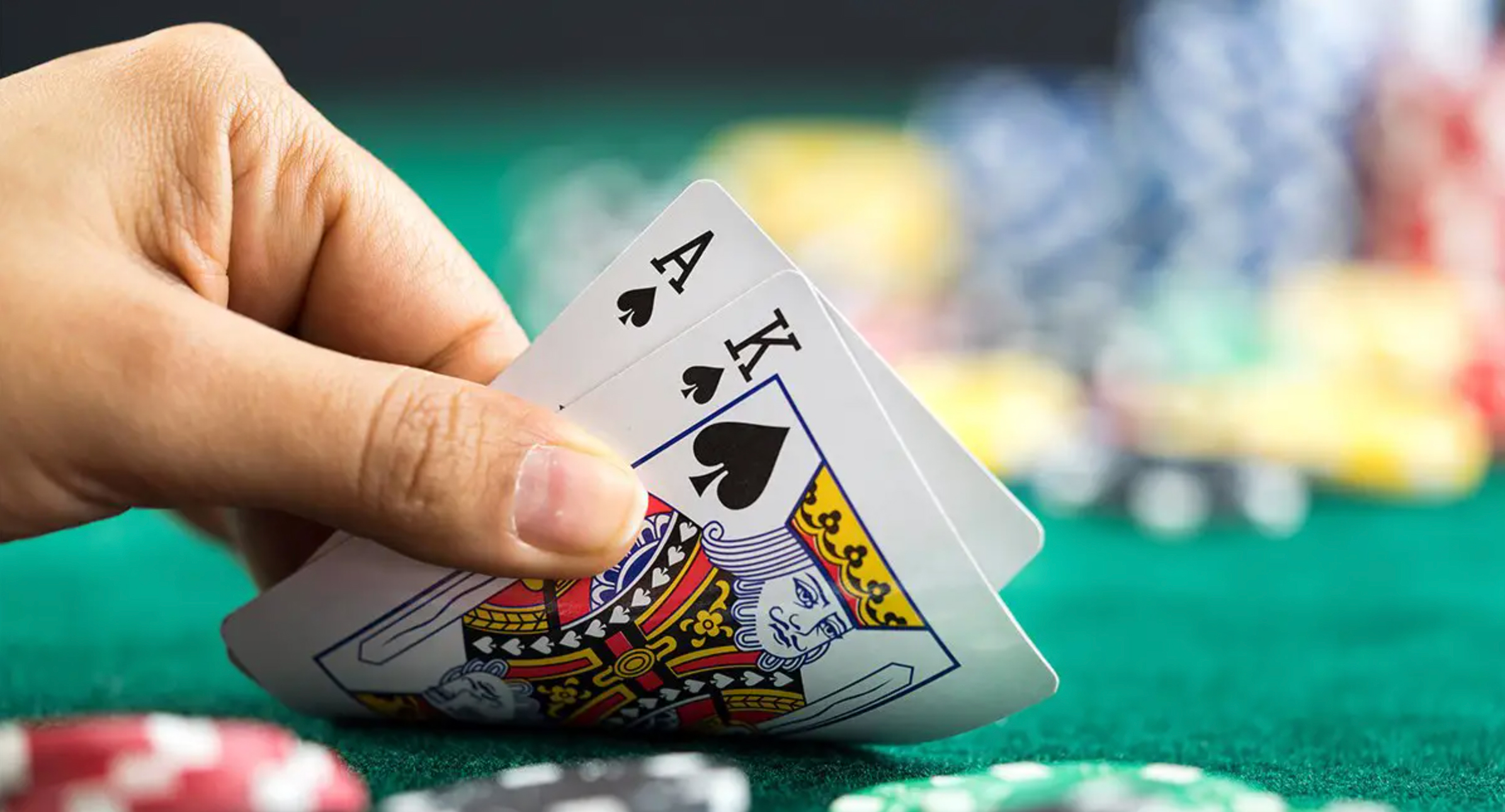Blackjack Odds
and Probability Explained
Blackjack Odds
Blackjack is a fun game, and it is welcoming to newcomers because it is easy to learn quickly. Though there is a great deal of luck involved in the game - you can’t do anything about what cards you are dealt - there is also some skill in knowing what your chances are of getting certain cards next or choosing bets based on your odds. Blackjack odds can vary from casino to casino, but you’ll find some patterns emerge that you can rely on when making bets.

Odds of Winning Blackjack
In the world of blackjack, knowledge is power. By grasping the concepts of house edge, house edge percentage, and the probabilities associated with various outcomes, you can make informed decisions at the blackjack table and increase your chances of walking away a winner. If you know the odds are against you, for example, you can calculate your risks and potential win and decide if that is a chance you want to take. The odds of winning a hand in blackjack depend on various factors, including the cards you and the dealer are dealt, the number of decks in play, and the specific rules of the game.
House Edge
One of the terms you will hear a lot when researching the odds in a game of blackjack is “house edge.” It’s important to know what it is and how it impacts your chances of winning.
What is the House Edge in Blackjack?
The house edge represents the statistical advantage the casino has over players in the long run. In essence, it's the percentage of each bet that the casino expects to keep as profit over time. It’s how casinos make money and how they are able to keep offering these games, rather than going bankrupt and closing up shop because everyone keeps winning all the time. The house edge varies based on the specific rules of the game and the player's decisions. Game play variations can raise or lower the house edge, as can informed choice-making by players.
House Edge Percentage
The house edge in blackjack can range from as low as 0.5 percent to as high as 2 percent or more, depending on the game's rules and variations. For example, a standard blackjack game played with a single deck and favorable rules for the player can have a house edge of around 0.5 percent, making it one of the most player-friendly casino games.
However, as the number of decks increases or certain rules are applied (such as the dealer being required to hit on a soft 17), the house edge percentage can rise significantly. This is why it's essential to know all the house rules at any blackjack table before you begin to play, so you understand what kind of blackjack odds you’re facing.
Reducing the House Edge in Blackjack
1. Choose the Right Table: Look for blackjack tables with player-friendly rules, such as those that pay 3:2 for blackjack, allow you to double down after splitting, and allow the dealer to stand on a soft 17. If you aren’t sure of the house rules or the rules for the table, simply ask. The dealer or other casino staff should be able to tell you.
Blackjack House Odds and Bust Probability
Understanding the odds of specific outcomes in blackjack is crucial for making informed decisions during gameplay. Knowing the house odds is a start, but you also need to understand the probability for a bust, or going over 21. The dealer's likelihood of busting depends on their upcard. If the dealer's upcard is a 2 or 3, the probability of them busting is relatively high, around 35 percent and 38 percent, respectively. There are tables that can give you lists of odds for each upcard that you can commit to memory.
Understanding these blackjack odds can help you make decisions such as hitting or standing based on your current hand and the dealer's upcard.

Blackjack Player Odds and Bust Probability
Likewise, it is important to understand your own probability for busting based on what is currently in your hand. For instance, if you have a hard 16, the bust probability is around 62 percent, making it a challenging hand to play. With each new card you get, the odds will change because you will be one step closer to 21.
Just like with the odds of a dealer bust, there are many tables that can give you a comprehensive list of potential card combinations and their odds of busting. Become familiar with these to help you make better choices for play and betting at the table.
Blackjack Probability Explained
The most coveted hand in blackjack is the natural blackjack, which is dealt on the first two cards and which consists of an Ace and any 10-value card (a 10, Jack, Queen, or King). The probability of being dealt a natural blackjack is roughly 4.8 percent. It's a rare but exhilarating occurrence that typically pays out 3:2. If you can get a natural blackjack, you’ll receive a nice payout, but of course, there’s nothing you can do to influence its likelihood. You are betting on chance when you bet with a natural blackjack in mind.
Blackjack Return-to-Player (RTP)
Return-to-Player (RTP) is a term used in the world of gambling to describe the percentage of all wagered money that a casino game is expected to pay back to players over time. Think of it like the opposite of the house edge. In blackjack, the RTP can vary significantly based on the specific rules and variations of the game being played, just like with the house edge.
In a standard blackjack game with favorable rules for the player, such as a 3:2 payout for blackjack and the dealer standing on a soft 17, the RTP can be as high as 99.5 percent. This means that, theoretically, for every $100 wagered by players, the casino expects to pay back $99.50 in winnings over time. However, it's crucial to note that this is a long-term average and individual sessions can deviate significantly from this figure - meaning that you still can lose big given the right (wrong) cards and certain ill-timed betting strategies.
Odds of Common Blackjack Variations
Blackjack comes in various forms, each with its own set of rules and odds. Here are some common blackjack variations and their unique characteristics:
- Single Deck Blackjack: This variation typically has a lower house edge, often around 0.5 percent, making it highly favorable for players. However, casinos often compensate for this by imposing stricter rules, such as restricting doubling down or splitting.
- Double Deck Blackjack: Similar to single-deck blackjack, the double-deck version offers better blackjack odds than games with more decks. The house edge is higher than single deck blackjack, but it can still be kept relatively low, making it an attractive choice for skilled players.
- European Blackjack: In European blackjack, the dealer receives only one card initially, reducing the chances of the dealer having a natural blackjack. This rule variation slightly improves player odds. Most hands pay out 1:1.
- Spanish 21: Spanish 21 is played with a Spanish deck, which removes all 10-value cards. This unique twist alters the odds and strategy, making it a more challenging but potentially rewarding variation. The house edge in Spanish 21 can be as low as 0.4 percent.
- Blackjack Switch: In this variation, players are dealt two hands and have the option to switch the second card of each hand, improving their odds. However, blackjack pays even money, which slightly reduces the overall RTP.
Play Blackjack at Blue Lake Casino Hotel
Now that you've gained insight into blackjack odds, probabilities, and some common variations, it's time to put your knowledge to the test. You can experience the excitement and strategic depth of blackjack at Blue Lake Casino Hotel. Whether you're a seasoned player looking for a challenge or a beginner eager to learn, blackjack offers a thrilling gaming experience that combines skill, strategy, and a dash of luck. Blue Lake Casino also offers player rewards that allow you to add to your winnings and have even more fun. Remember to gamble responsibly and have a great time at the blackjack tables! Then visit one of the other areas of the casino hotel, such as the spa, the live entertainment, or the dining venues.